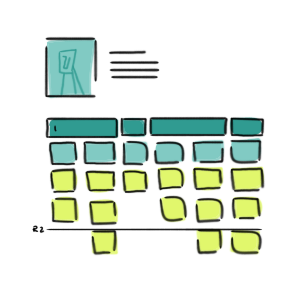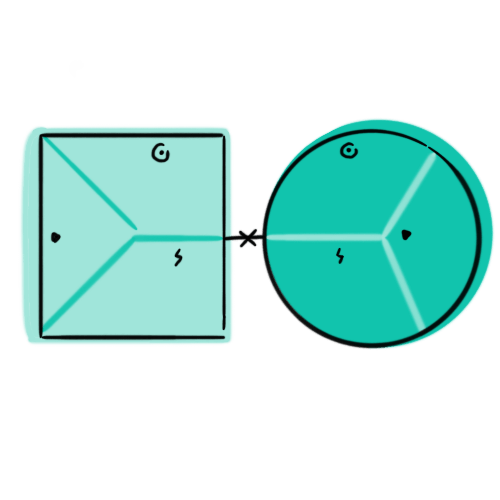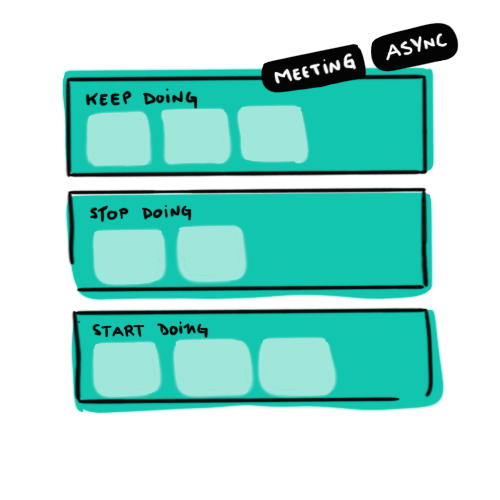
User Story Mapping
Product-development teams can use story mapping to drive product discussion and align everyone’s efforts at any stage of the process. Story maps can be used for new products after discovery work, or for existing products after usability testing. The user story map helps teams illustrates how the solutions can solve the problems research activities have uncovered.
- User story mapping provide the product and design team with a clear understanding of what users are trying to accomplish, why the product or feature(s) they are mapping are important, and what real problems they will be solving.
- By adding activities, steps, and details, a customer-journey map can easily evolve into a user-story map. Additionally, a user-story map can be transformed into a customer journey map by incorporating the context, thoughts, and feelings of the users.
STEP 1: Activities.
Describe the high-level tasks that users aim to accomplish using the digital product, such as ‘checking the account balance’ or ‘depositing a check’. (Usage process)
These will potentially be transformed into “initiatives or epics”.
STEP 2: Add Steps.
Steps appear under activities and are arranged sequentially. To complete the activity above, users will go through specific subtasks in the product. In the activity, Deposit a check, the steps are: Enter mobile deposit details, Sign check, Photograph check, Submit deposit, and Confirm deposit. (user tasks)
If you are a product manager, often steps can represent some of the user stories.
STEP 3: Add Details
You can use details to describe the lowest-granularity interactions the team anticipates users will experience. These are often similar to product requirements like ‘Enter email’ ‘ Enter password’
Identifying the minimum viable product (or next release) and prioritizing it based on well-informed judgment by analyzing the User story map.
Team members can use story maps to visualize what their minimum-viable-product release could or should include, along with how and when to release end-to-end product increments with specific goals and outcomes.



